4 Insurers Give Daytime Running Headlight Discounts
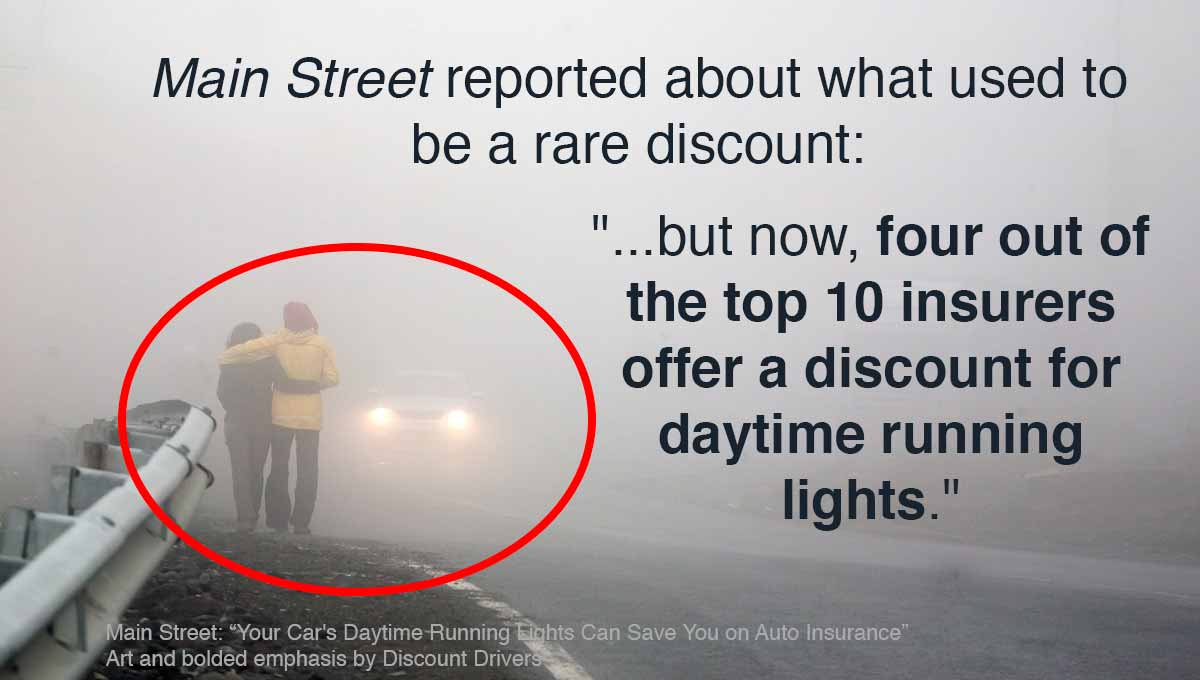
Did you know that having all day headlights in your vehicle is a rare insurance discount–unless you find the right company?
MainStreet and Bankrate reported that you can now find this discount even though it is still rare: “…but now, four out of the top 10 insurers offer a discount for daytime running lights.” It is unlikely your insurance company is giving this to you, but comparing new rates puts you in the driver’s seat with more control to see which discounts you can qualify for.
The four insurers that offer daytime running headlights as a way of saving are (Bankrate):
Daytime running headlights studies show their improved safety
There are at least 41 DRL studies on their safety. Each study finds differing effects depending on location and a number of factors, but one large study yielded impressive results:
Finally, recent research using the Minnesota DOT Crash Database also identified reductions in the rates of various crash types when DRLs were present…. In this study, the overall crash rate among vehicles without standard DRLs was 1.73 times higher than the rate for vehicles with standard DRLs [832 crashes vs. 481 crashes per 10,000 vehicles]. Report in Effects of 24-Hour Headlight Use on Traffic Safety.
When daytime running headlights are that much safer, all insurance companies should give considerable discounts.
Insurers try to use data to calculate rates that give appealing rates to low risk cars and drivers. The keyword here is “try.” They don’t always do a good job so it’s your job to find the insurance company that runs their rate calculations in a way that benefits you the most.
How to get bonus safety discounts for your car
As a bonus, if your car has anti-lock brakes or air bags, the savings are extremely high, because these cars are considered safer and lower risk by many insurers.
Even though there’s many discounts for new cars, it’s a common misconception that new cars are costly to insure. A new car is expensive to buy, but it’s not expensive to insure with the right insurance company–and if you have important vehicle safety features. These important safety features are your golden ticket to cheap car insurance.
In summary, a new car could save quite a large percentage for insurance with these standard safety features:
- Daytime running headlights
- Airbags
- Anti-lock brakes
- Anti-theft devices (passive/active alarm, onStar, etc.)
Quick Money Savings Tip For Safe Drivers
There are dozens of auto insurers – Which one will give you the best rate?
Step 1) Choose your vehicle make below.
Step 2) On the next page, complete the 4 minute questionnaire, and you'll have the opportunity compare the best rates in your area.
Step 3) Keep more money and possibly save hundreds!


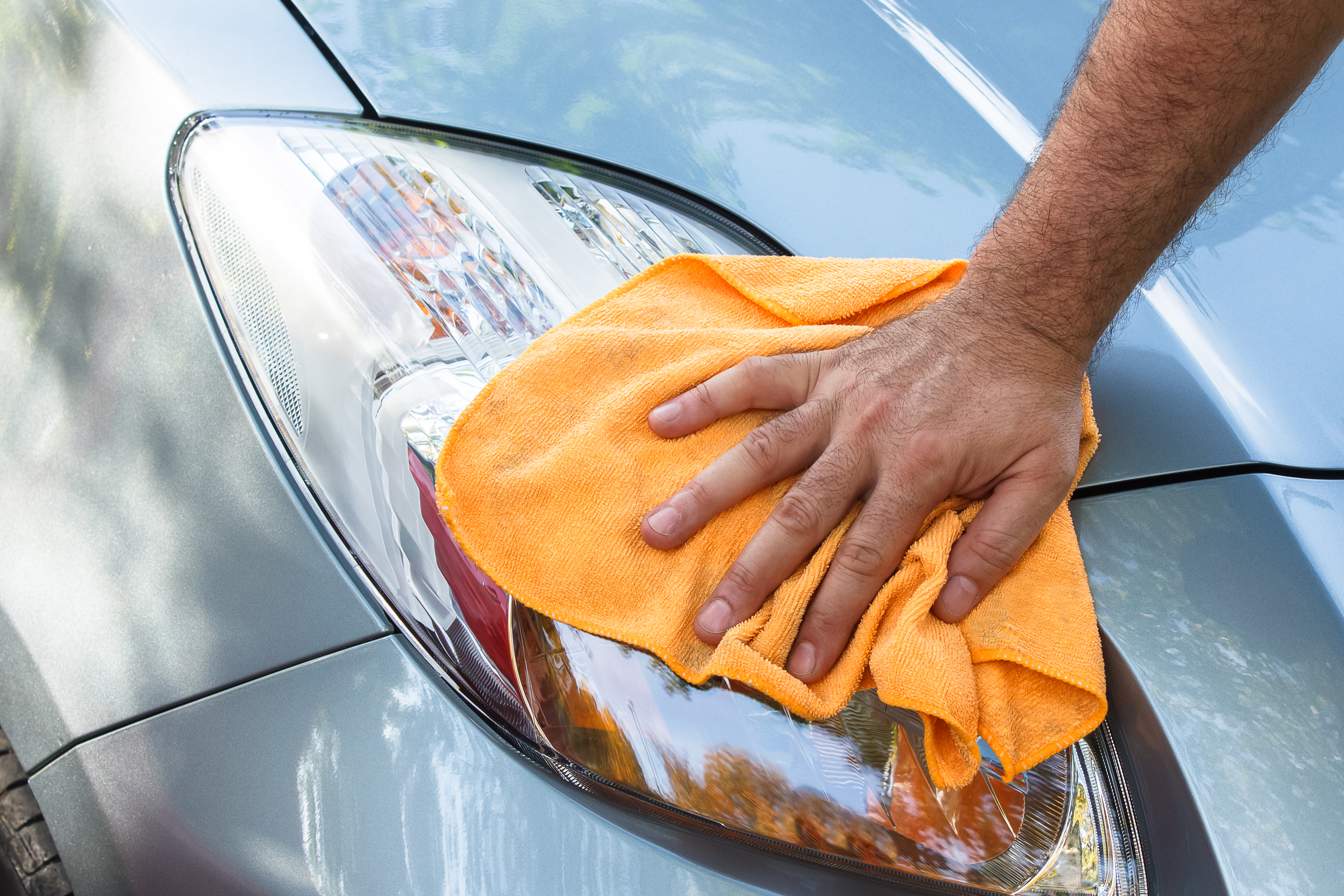
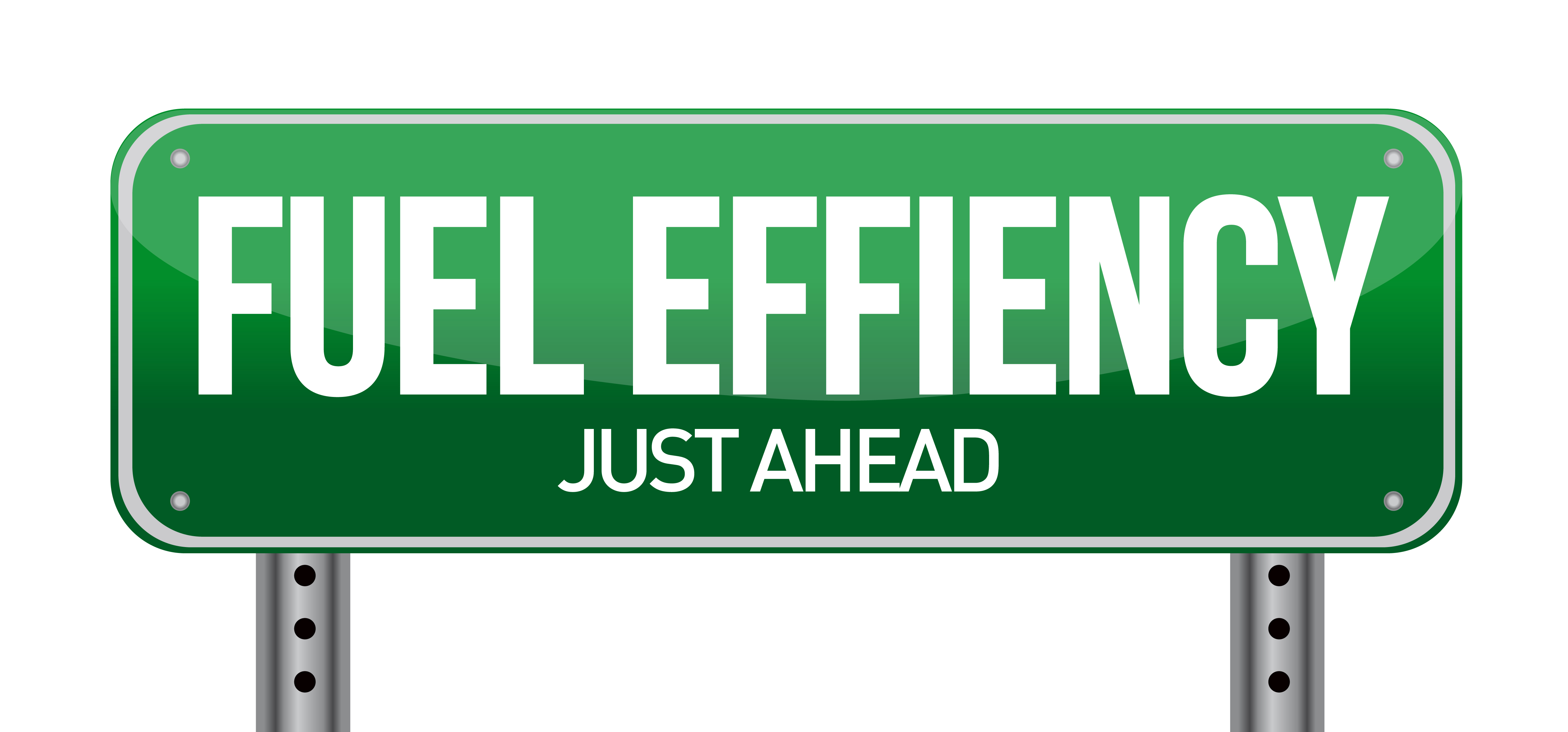


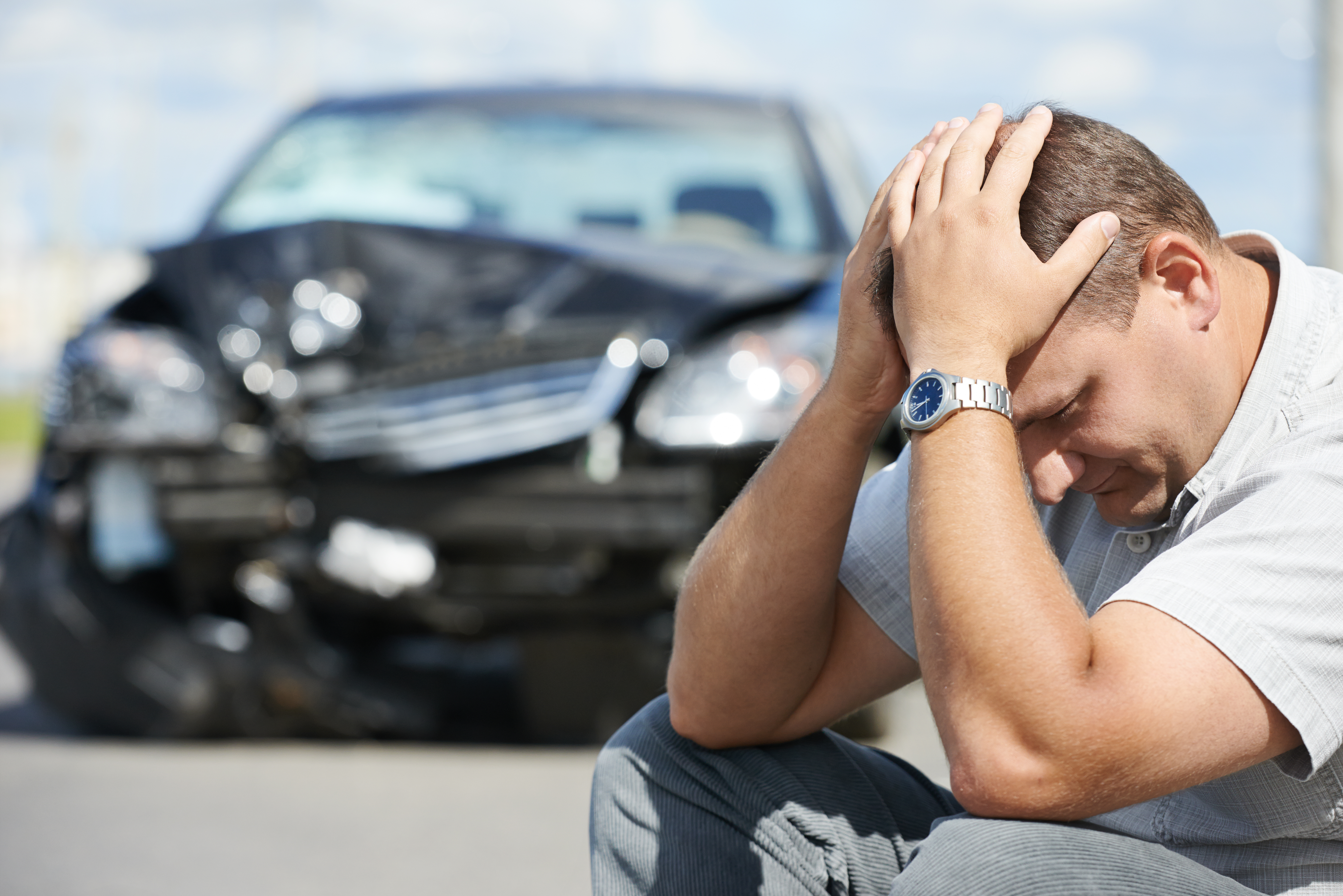
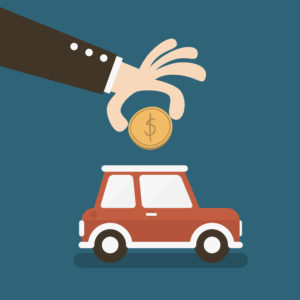

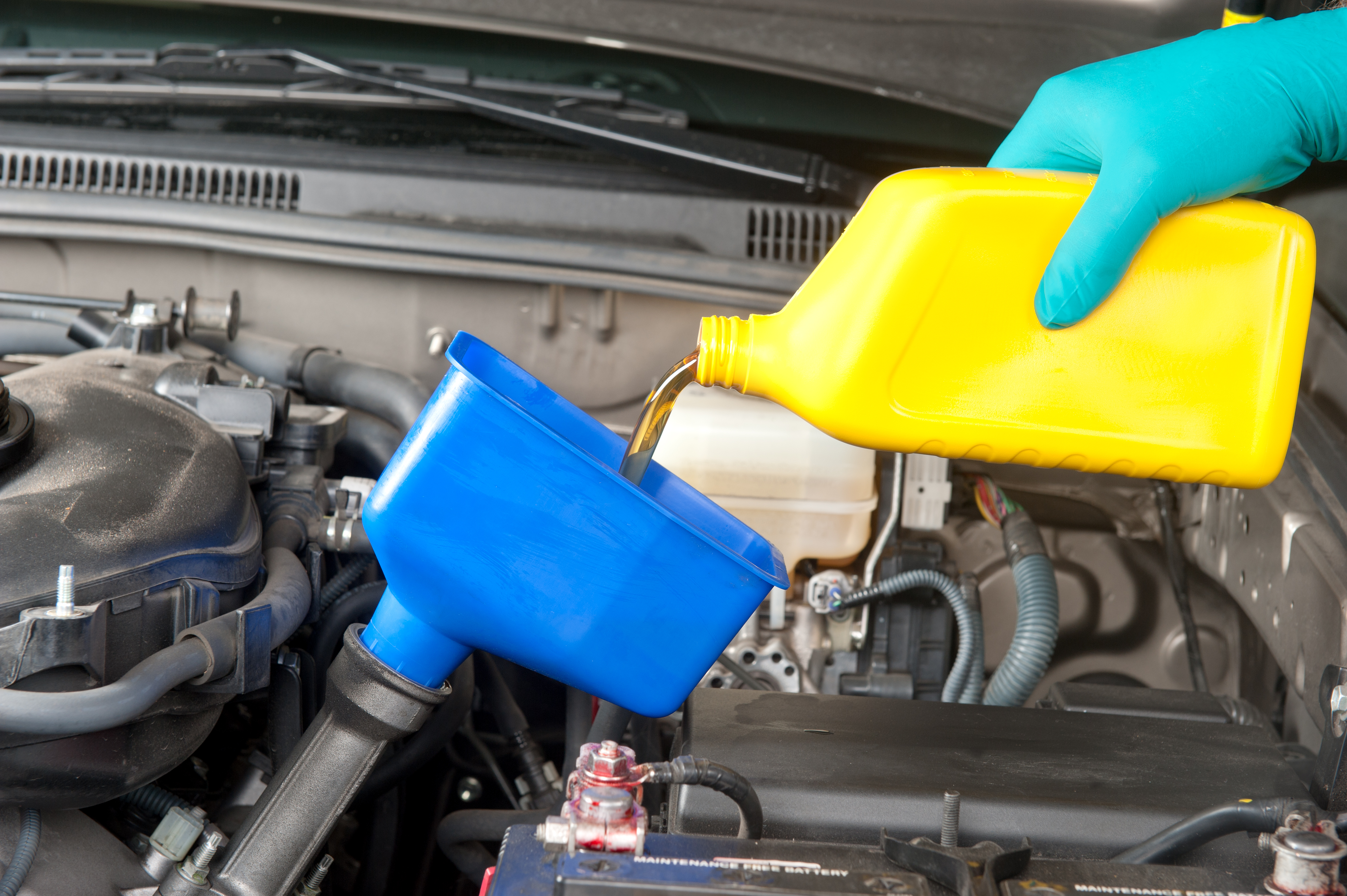

Recent comments
Even if your car is not equipped with DRL, USAA will also give you a discount for DRL if you state that you turn on your headlights and drive with then all of the time.
I am a long time USAA customer, and I do get a DRL on BOTH of my older vehicles (a 2002 and a 2004) as per the above.
Not to mention it increases the cost of the extra fuel used for charging system. If you are not a believer try cranking a hand charger to keep a light bulb lit.
It has a minor, minor effect on gas efficiency. Here’s some research on the matter:
“You could get some low-beam headlights capable of 160 watts per vehicle, or you could opt for the more economical LED-based lamps that use only 16 watts per vehicle [source: AllQuality, California Energy Commission]…. Transport Canada estimated that DRLs could add anywhere from $3 to more than $40 each year in extra fuel costs… [Source: HSW]”
In summary, if your car is already running them or has LED headlights, it’s a no brainer to try to grab this discount.
I’m on the phone right now with USAA and she says USAA WILL NOT cover DRL unless the vehicle is equipped with lights that go on when the vehicle is started.
I’ve seen many vehicles with DRLs on at night, without working tail lights. This safety oversight needs to be addressed.